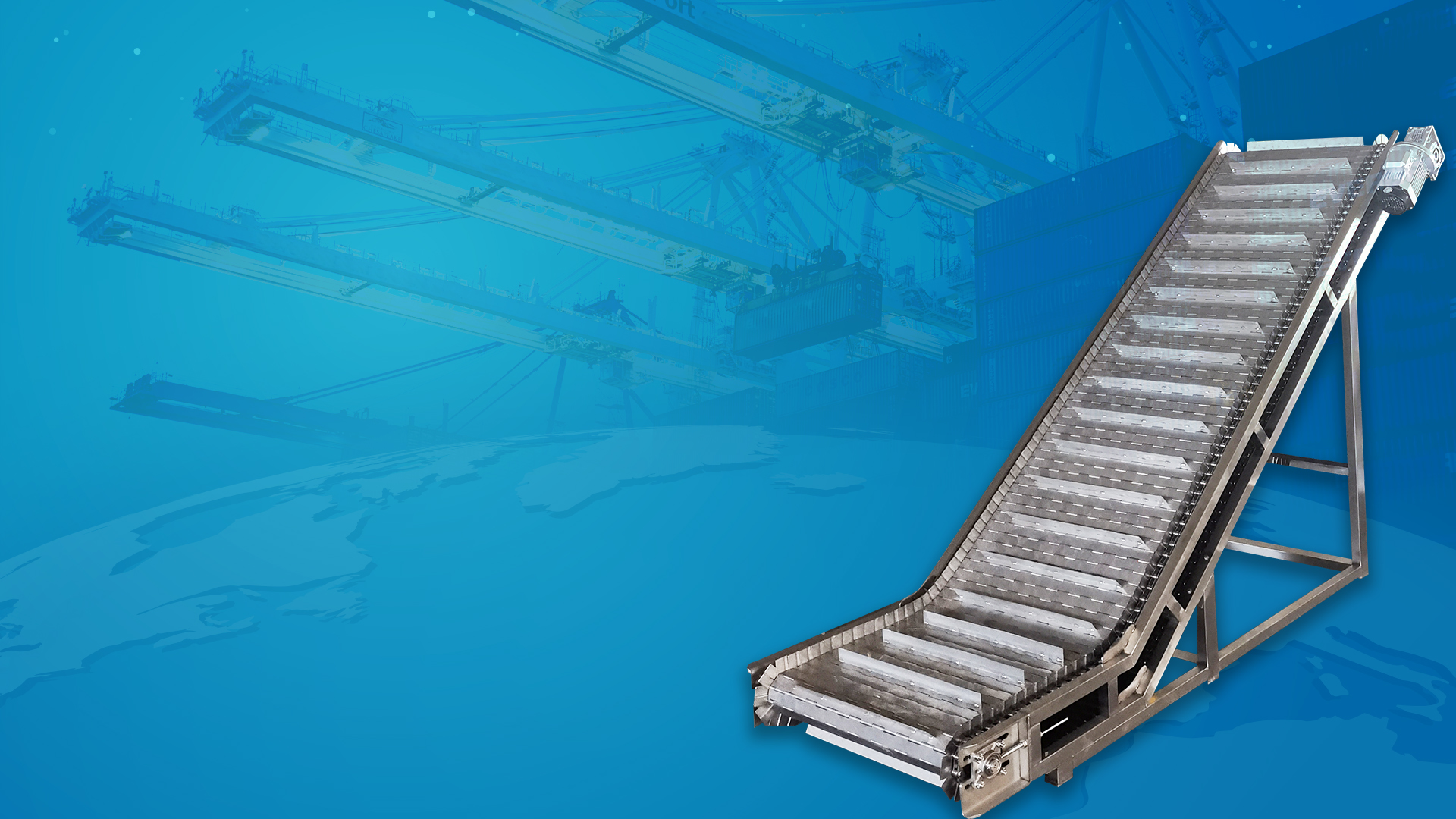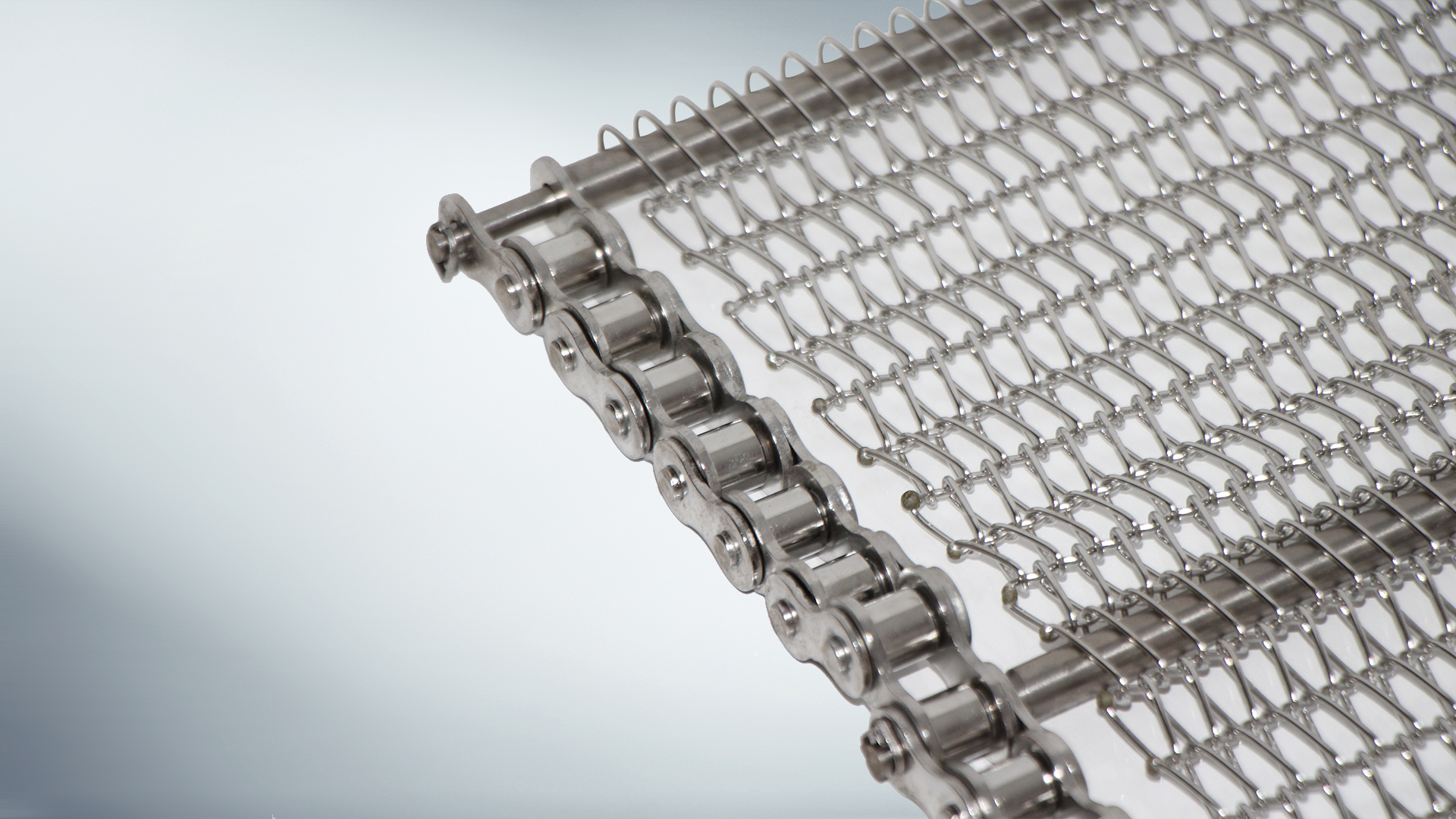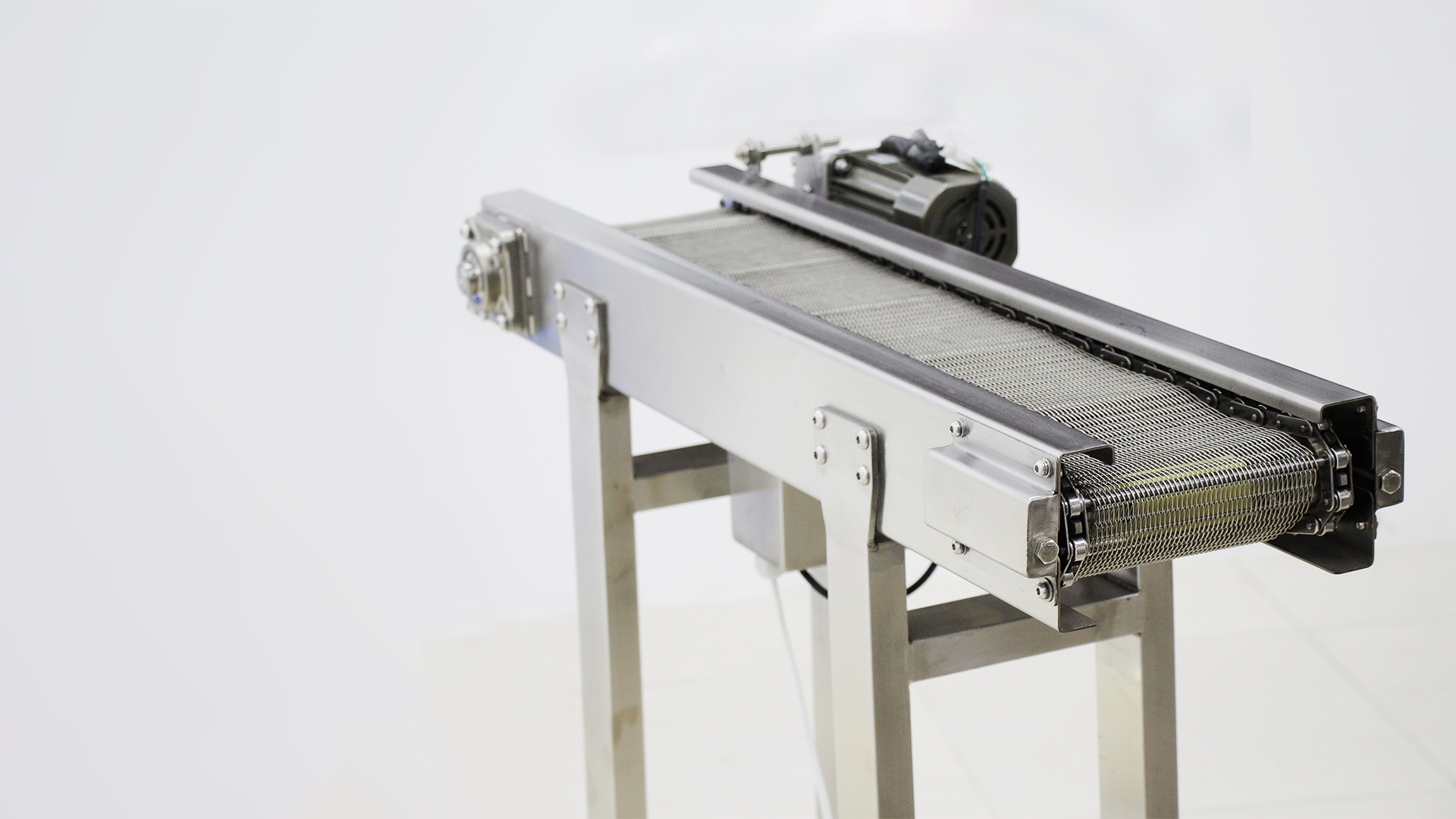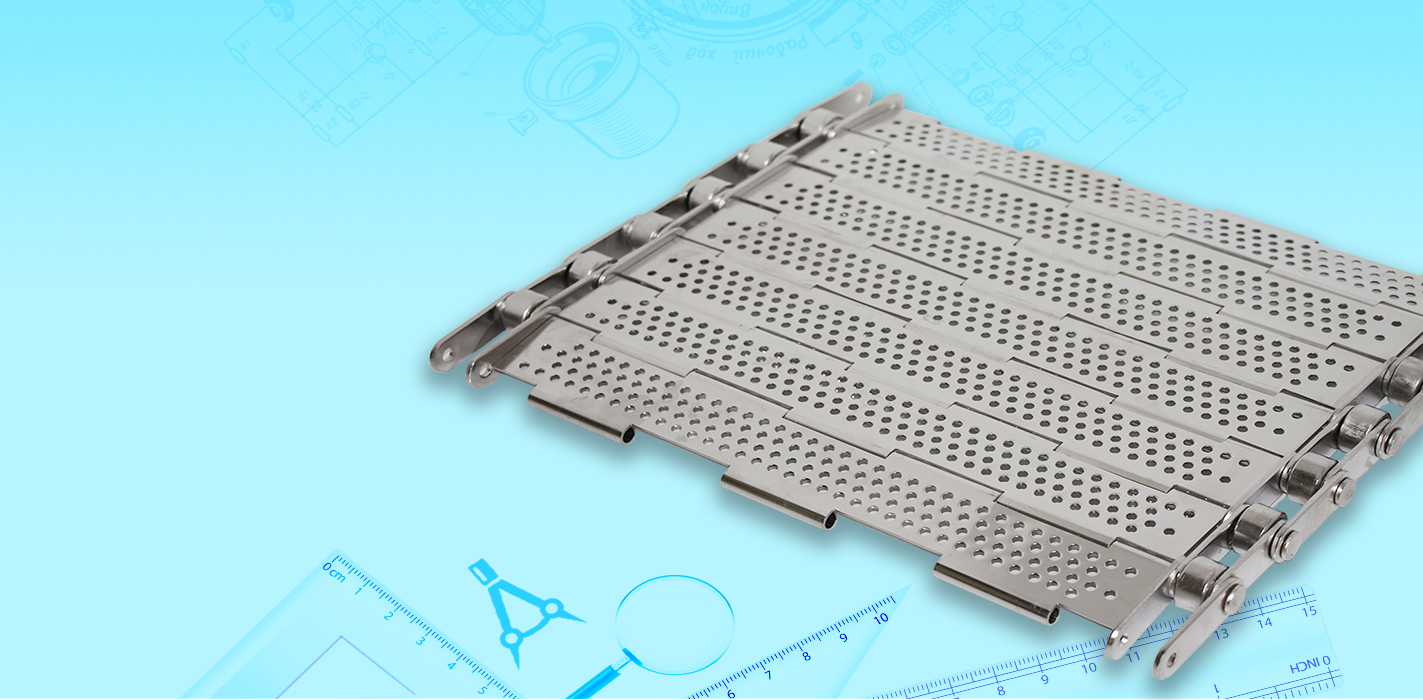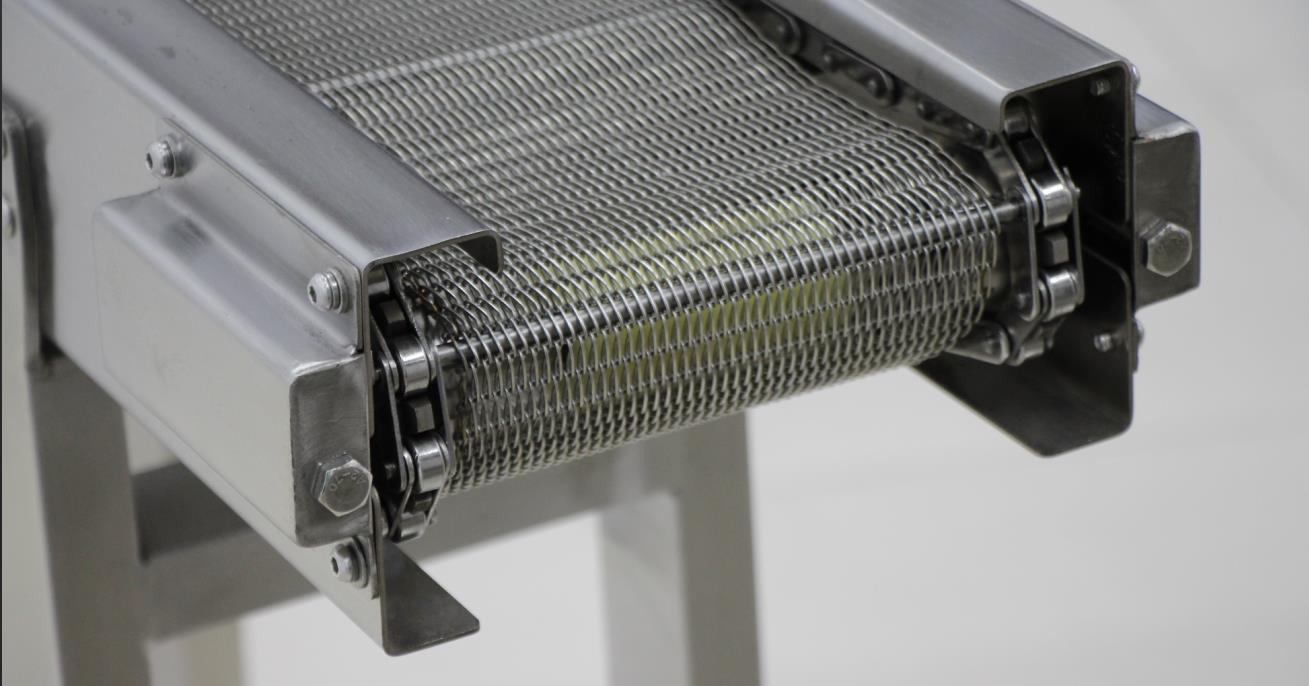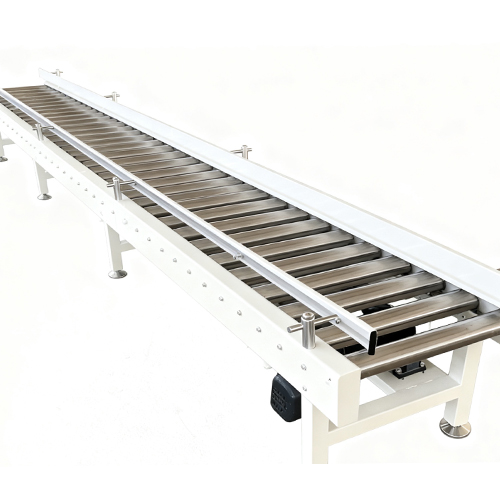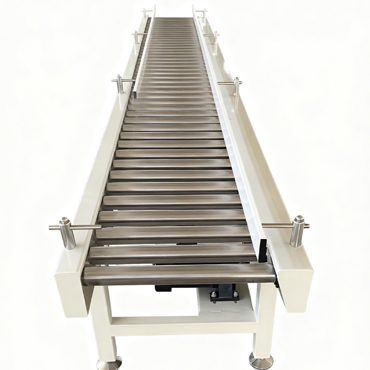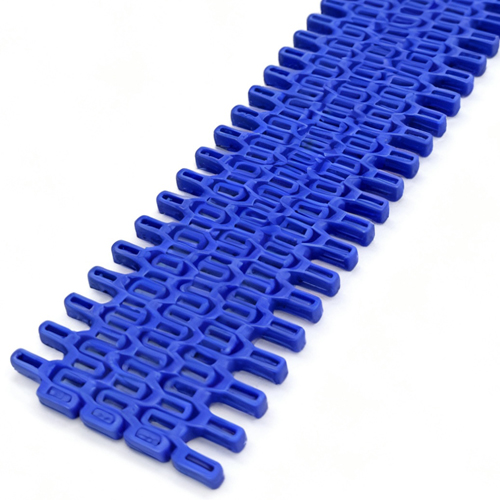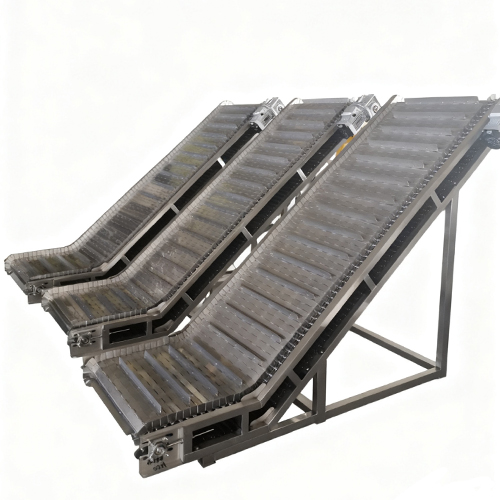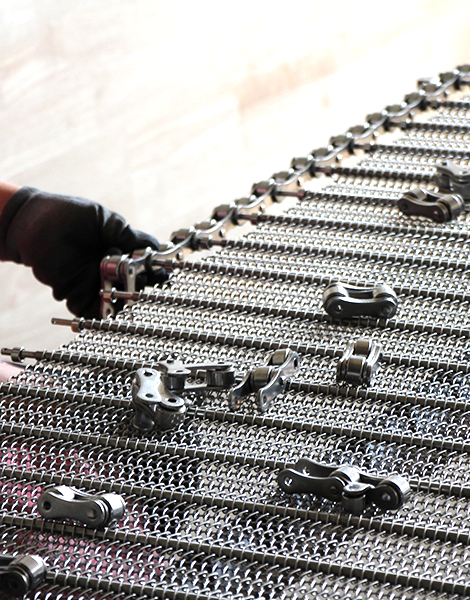I. Conveyor
A conveyor belt is the fundamental equipment used to transport goods within a palletizer. It automatically conveys goods from the starting position to the palletizing head, enabling automated material transfer.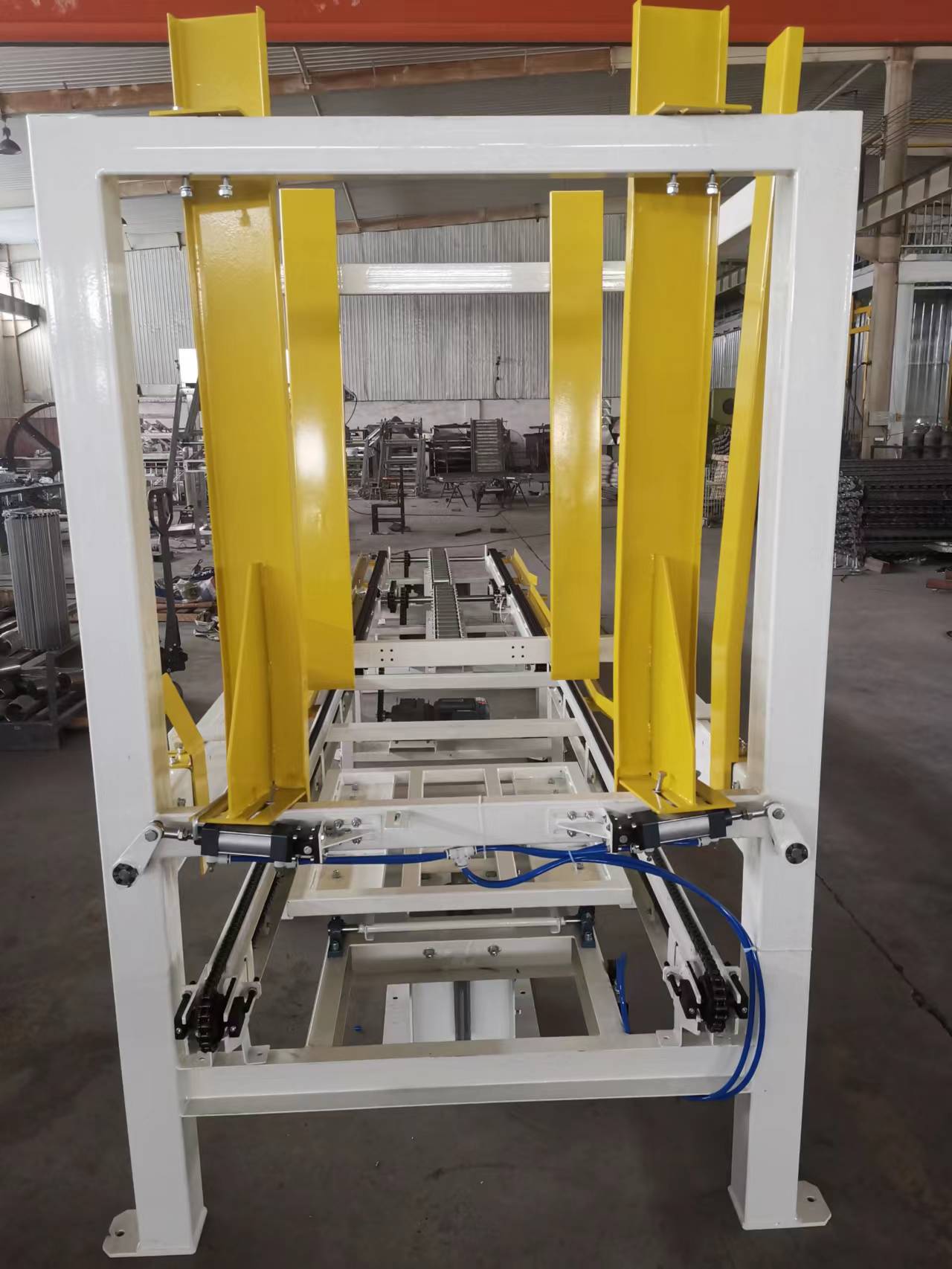
II. Palletizing Head:
The palletizing head is the core component of the palletizer and is responsible for stacking the conveyed goods into orderly geometric formations. It usually consists of two parts: grippers and a control system. The grippers stack the goods according to preset rules while the control system manages their movements and coordinates.
III. Pallet
Pallets are typically used to hold goods during the stacking process and serve as the basic unit for stacking. Different types of goods require pallets of different sizes, which must be selected based on actual conditions.
IV. Gripper
The gripper, commonly referred to as a manipulator, is one of the most critical components in the palletizing process. It controls the manipulator's movements to grasp and release goods. The shape and size of the gripper vary depending on the characteristics of the goods being handled.
V. Control System:
The control system serves as the brain of the palletizer, managing actions and coordinating the entire palletizing process. Through programmed instructions and parameter settings, the control system enables automated palletizing while ensuring precision and stability.
VI. Sensors
Sensors are critical components that detect cargo position and identify material properties. Using sensors allows for precise control of the gripper's movements and positioning, thereby guaranteeing palletizing stability and accuracy.
VII. Safety Gate
The safety gate is an essential safety device in palletizing machines and is indispensable during the palletizing process. It detects the approach of personnel or other obstacles and triggers an immediate shutdown to prevent collisions.



